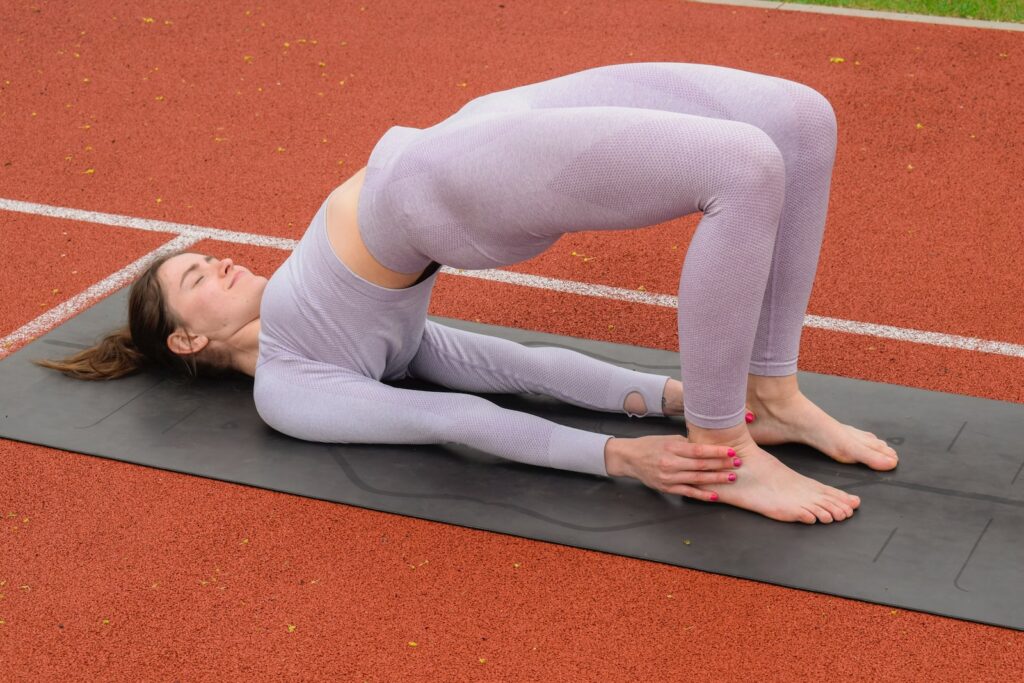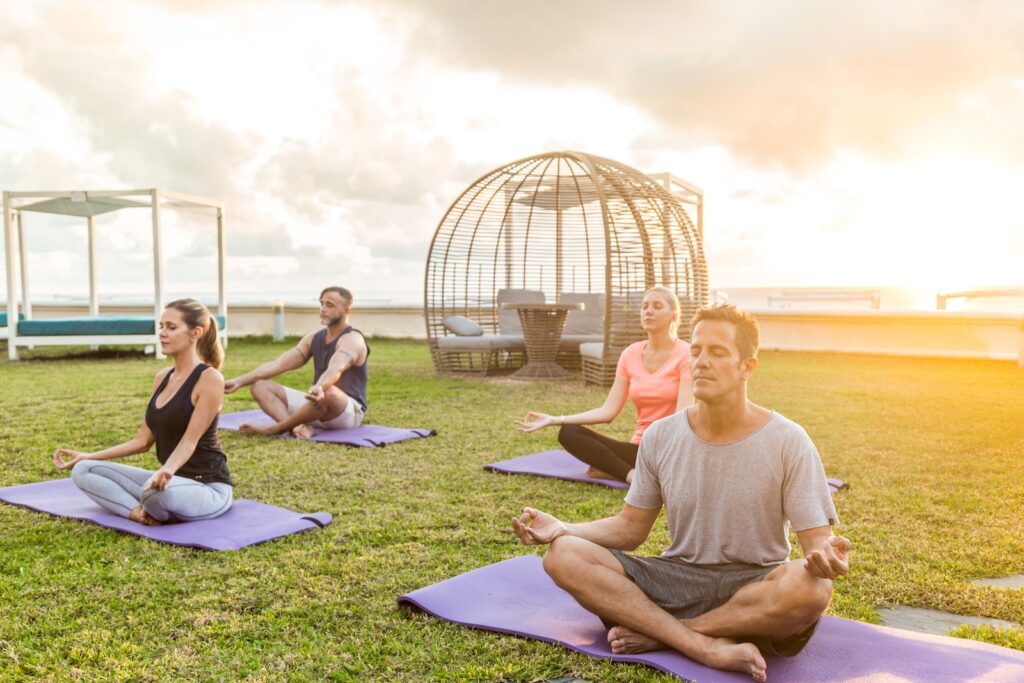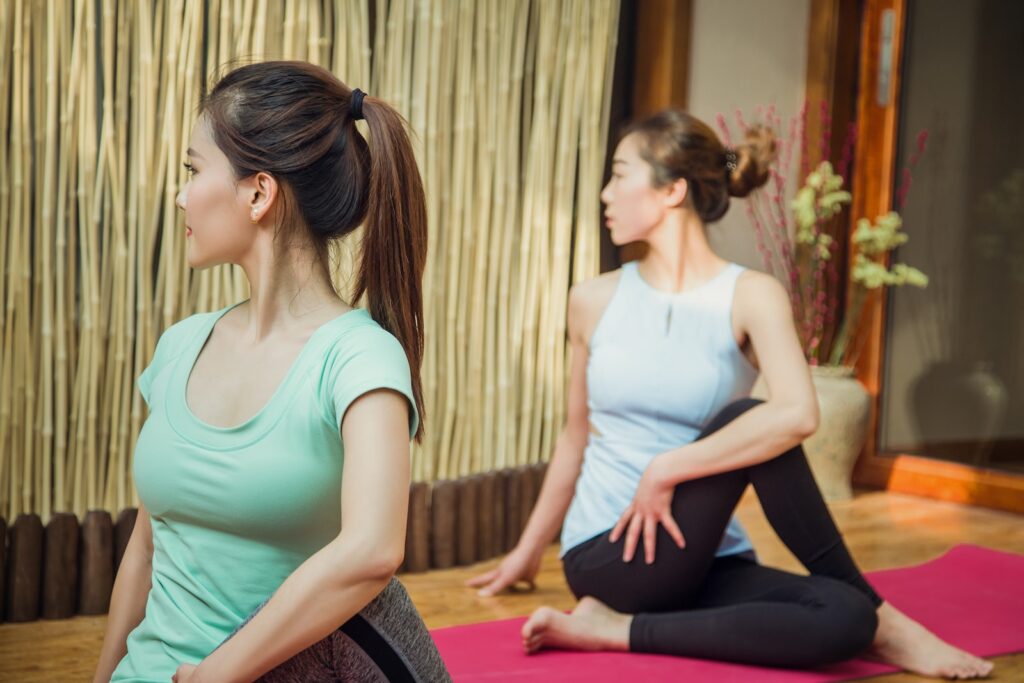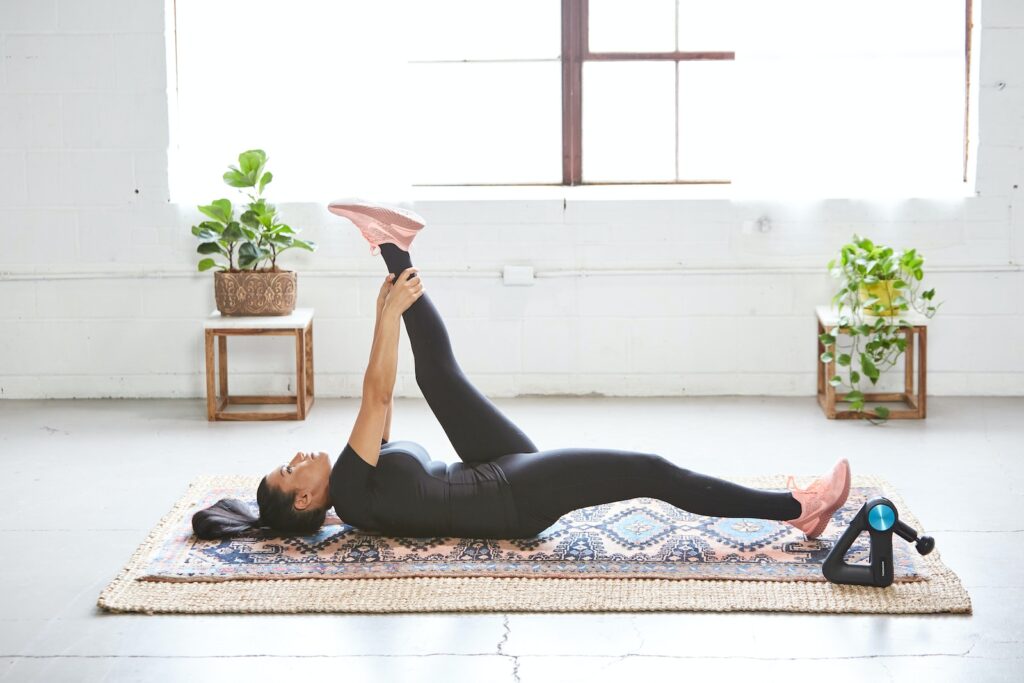
The Ancient Art Of Yoga
The Ancient Art of Yoga history is vast and complex, spanning thousands of years and encompassing various philosophies, teachings, and practices. Here’s an overview of Yoga’s historical journey:
Origins in Ancient India
- Early References: The earliest references to yoga practices date back to over 5,000 years ago in the Indus-Sarasvati civilization in Northern India. The term “yoga” was first mentioned in the oldest sacred texts, the Rig Veda.
- Vedic Yoga: The Vedic religion heavily influenced the initial phase, focusing on rituals and ceremonies. The Vedic priests performed sacrifices and chanted hymns, which were seen as a form of yogic practice.
Pre-Classical Yoga
- Upanishads and Bhagavad Gita: The Upanishads, a collection of texts that contain some of the central philosophical concepts of Hinduism, further developed the ideas of Yoga. The Bhagavad Gita, written around 500 BCE, introduced the concept of devotional Yoga.
Classical Yoga
- Patanjali’s Yoga Sutras: Around the 2nd century CE, the sage Patanjali penned the Yoga Sutras, a seminal work often considered the foundation of yoga philosophy. Patanjali systematized Yoga into an “eight-limbed path” (Ashtanga Yoga), detailing steps such as ethical standards, postures, breath control, and meditation.
Post-Classical Yoga
- Development of Tantra Yoga: Post-classical Yoga saw the development of Tantra Yoga, which sought to transcend the body and mind through rituals and cleansing practices. This era also marked the beginning of Hatha Yoga, which emphasized the physical aspects of Yoga.
Hatha Yoga and Modern Yoga
- Hatha Yoga: Hatha Yoga became popular from the 11th century onwards. It focuses on asanas (postures), pranayama (breath control), and dhyana (meditation), aiming to purify the body as a means to higher spiritual pursuits.
- Yoga in the West: In the late 19th and early 20th centuries, yoga masters began to travel to the West, attracting followers. Swami Vivekananda was a key figure in introducing Yoga to the Western audience.
- Modern Yoga: The 20th century saw the emergence of contemporary Yoga as a physical exercise, integrating elements of Hatha Yoga and Western gymnastics. This era created styles like Iyengar Yoga, Ashtanga Vinyasa Yoga, and Bikram Yoga.
Yoga Today
- Global Practice: Today, Yoga is practiced globally in various forms, from traditional practices focusing on spiritual growth to modern adaptations emphasizing physical fitness and mental well-being.
- Diverse Interpretations: Contemporary Yoga encompasses many practices and philosophies, reflecting its historical roots and global adaptations.
Yoga’s history is as diverse as its practices, reflecting a rich tapestry of cultural, spiritual, and physical disciplines. Its evolution from ancient Vedic rituals to a global phenomenon highlights its universal appeal and adaptability.
Introduction
The ancient art of Yoga has been around for centuries. Practitioners worldwide have used this ancient art of Yoga for its various health benefits. Read on if you’re new to it or just curious about what it can do for your well-being and overall state of mind! In this blog post, we’ll uncover some lesser-known facts about how Yoga has helped people from all walks of life—yogis, wives, mothers, senior citizens, and athletes—and explore how regular practice could improve physical and mental health. So pour yourself a cup of tea and settle in– Let’s get silly inside out with the age-old wisdom of Yoga!

The Ancient Art Of Yoga: A Journey of Mind, Body, and Spirit
Yoga is much more than just physical exercise; it’s a practice that integrates the mind, body, and spirit, offering a pathway to peace, balance, and inner strength. As you embark on this journey, remember that Yoga is a personal experience about progress, not perfection.
Understanding Yoga
The Roots of Yoga:
- Yoga is an ancient practice dating back over 5,000 years in India. It’s a discipline that encompasses physical postures (asanas), breath control (pranayama), and meditation (dhyana).
The Eight Limbs of Yoga:
- Yoga is based on the Eight Limbs outlined in the Yoga Sutras of Patanjali, including ethical guidelines, postures, breath control, sensory withdrawal, concentration, meditation, and samadhi, or enlightenment.
Starting Your Practice
Beginning with Basics:
- As a beginner, starting with basic poses and gradually progressing is essential. Focus on learning proper form and breathing techniques.
Yoga Styles:
- There are various styles of Yoga, from the gentle flow of Hatha Yoga to the more physically demanding Vinyasa or Ashtanga. Start with a style that aligns with your current fitness level and goals.
Breathwork:
- Pranayama, or breath control, is a key aspect of Yoga. Breathing deeply and rhythmically enhances the practice and brings a more profound sense of relaxation and focus.
Benefits of Yoga
Physical Health:
- Regular practice improves flexibility, strength, balance, and endurance. Yoga also alleviates specific health issues like back pain and improves physical health.
Mental Well-being:
- Yoga is a powerful tool for stress relief. It encourages relaxation and mindfulness and can significantly improve mental health, including reducing symptoms of anxiety and depression.
Spiritual Growth:
- For many, Yoga is a spiritual practice that fosters a deeper connection with oneself and the universe. It encourages mindfulness, presence, and inner peace.
Tips for Beginners
Consistency is Key:
- Regular practice, even if it’s just a few minutes a day, is more beneficial than occasional long sessions.
Listen to Your Body:
- Respect your body’s limits. Yoga shouldn’t hurt. If you feel pain, gently back out of the pose.
Use Props:
- Don’t hesitate to use props like yoga blocks, straps, or cushions to help you achieve poses comfortably.
Join a Class:
- Consider joining a beginner’s class where an instructor can guide and correct your form.
Patience and Persistence:
- Progress in Yoga is slow and steady. Celebrate the small achievements along the way.
As you begin your yoga journey, embrace the experience with an open heart and mind. Yoga is a personal and evolving practice that grows and changes with you. Remember, every yogi was once a beginner. Namaste.

The Ancient Art Of Yoga Benefits
The ancient art of Yoga is far more than just a series of poses for exercise. It is an ancient art that provides physical, mental, and spiritual benefits to those who understand and use it. Regardless of the level you are starting from – whether you are an advanced Yogi or a beginner hoping to learn the basics.
Yoga offers an opportunity to improve your physical, mental, and spiritual life. In this post, we explore some of the excellent health benefits associated with committing yourself to the old routines of Yoga: enhanced flexibility and posture, increased strength and balance, and other mind-body advantages such as reduced stress and better sleep!
Practicing Yoga offers a wide range of benefits for both physical and mental health.
Here are some of the key advantages:
- Improved Flexibility: Regular Yoga stretches and tones the body’s muscles and strengthens them. It helps improve the body’s flexibility, reducing the risk of injury.
- Enhanced Strength: Many yoga poses require you to bear your body weight in new ways, including balancing on one leg or supporting yourself with your arms. This builds strength.
- Better Posture: Yoga strengthens and opens tight areas of the body, like the shoulders and muscles of the upper back, which can contribute to better posture.
- Boosts Mental Health: Yoga is known for easing stress and promoting relaxation. Many people begin practicing Yoga as a way to cope with feelings of anxiety.
- Increases Blood Flow: The relaxation exercises in Yoga can improve circulation, especially in the hands and feet. Yoga also gets more oxygen to your cells, which function better as a result.
- Improves Balance: Regular yoga practice can improve your balance, which is particularly important as we age.
- Supports Joint Health: The movements necessary for Yoga are low impact, allowing you to use your joints without injuring them. Yoga also helps strengthen the muscles around the joints, reducing their load.
- Prevents Back Pain: Increased flexibility and strength can help prevent the causes of some types of back pain. Many people who have back pain spend a lot of time sitting at a computer or driving a car, which can cause tightness and spinal compression.
- Teaches Better Breathing: Most forms of Yoga emphasize deepening and lengthening your breath. This can help expand your lung capacity and improve endurance.
- Fosters Mental Calmness: Yoga asana practice is intensely physical. Concentrating so intently on what your body is doing has the effect of bringing calmness to the mind.
- Reduces Stress: Physical activity is good for relieving stress, and this is particularly true of Yoga. Its quiet, precise movements focus your attention less on your busy day and more on the moment.
- Increases Self-Confidence: Yoga improves your mind-body connection, giving you better body awareness. During Yoga, you learn to make small, subtle movements to improve your alignment, putting you in better touch with your physical being.
Remember, the benefits of Yoga can vary greatly depending on the style of Yoga practiced and the consistency with which it is practiced. It’s always a good idea to consult a healthcare provider before starting any new exercise regimen, especially if you have any health concerns or conditions.

The Eight Limbs Of Ashtanga Yoga
(sometimes called the Yoga elements of Yoga)
The Eight limbs Of Ashtanga Yoga are as follows:
1. Yama: social ethics, rules for living in a society
2. Niyama: personal ethics, techniques for cleansing and purifying self
3. Asana: posture techniques for physical and mental balance (what I think of as Yoga).
4. Pranayama (breathing techniques for phal balance)
5. Pratyahara: techniques for detaching the mind from the senses for mental balance and calm.
6. Dharana: concentration techniques for mental balance and calm
7. Dhyana: meditation techniques for mental balance and serenity.
8. Samadhi: state of bliss, ultimate advanced meditation techniques, and psychic procedures attained after regular practice for universal consciousness
There Are Five Major Yoga Types
1. Hatha
2. Iyengar
3. Vinyasa
4. Hot Yoga
5. Ashtanga
There are six branches of Yoga
1. Raja Yoga means Royal or King, the highest form of Yoga.
2. Jnana Yoga means wisdom or knowledge.
3. Tantra Yoga means to expand or weave.
4. Hatha Yoga means The Yoga Force.
5. Bhakti Yoga means devotion.
6. Karma Yoga means The Yoga of Action, also known as The Religion of Love.
Research has shown that only four days of meditation can produce a 200% boost in activity. Want to learn more? Click Here.
The Yoga Alliance

At Least 200 Hours
The Yoga Alliance is a teacher-organized group that recommends at least 200 hours of expert training to help them better serve their students. The Yoga Alliance also provides teachers access to a network of trainers, allowing them to continue their education.
Network Of Trainers
Accessing the network allows trainers to keep up with the latest Yoga trends and to help their students avoid injury. Yoga is not something you should attempt without expert guidance. As a result, the Yoga Alliance has become an essential resource for anyone interested in becoming a Yoga teacher.
Certified Yoga Instructor
You must complete a 200-hour training program to become a certified yoga instructor. Yoga Alliance offers certification to those who have completed an approved training program. Certification is not a verification to teach Yoga, but it does show that the instructor has received some expert training and knows how to help students avoid injury.
Continuing Education Opportunities
Yoga Alliance also provides continuing education opportunities for instructors to stay up-to-date on the latest trends and techniques. Yoga Alliance is great for people looking to become yoga instructors. However, since no licensing or official certification is required, many instructors may have only completed weekend courses and correspondence programs with little to show for educationally sound practice.
Good Health, Mindfulness & Spiritual Enlightenment In Just 30 Minutes A Day!
CLICK THIS LINK!
Conclusion
As we draw this guide to a close, remember that embarking on a yoga journey is about much more than just learning poses; it’s about embarking on a transformative path that nurtures your body, calms your mind, and enriches your spirit. Yoga is a practice of self-discovery and self-care, offering a unique blend of physical and mental benefits that can be tailored to your individual needs and lifestyle.
For beginners, the world of Yoga might seem vast and complex, but every journey starts with a single step – or, in this case, a single pose. Embrace this journey with an open heart and mind, and allow yourself the grace to grow and learn at your own pace. The beauty of Yoga lies in its versatility and accessibility; regardless of age, flexibility, or strength, there’s a place for everyone in the yoga community.
As you roll out your mat daily, remember that Yoga is not about perfection. It’s about committing to your well-being, exploring your limits, and finding balance both on and off the mat. With each breath and movement, you’ll deepen your practice and cultivate a sense of inner peace and resilience that will support you through life’s ups and downs.
So, whether you’re stepping onto the mat for the first time or returning after a break, honor your journey and trust the process. Yoga is a lifelong practice, and its greatest gifts often unfold slowly. Namaste.
Frequently Asked Questions
- Q: Do I need to be flexible to start Yoga?
- A: You don’t need to be flexible to start Yoga. Flexibility is a result of Yoga, not a prerequisite. Yoga improves flexibility over time.
- Q: What type of Yoga is best for beginners?
- A: Hatha Yoga is often recommended for beginners due to its slower pace and focus on basic postures. Vinyasa or Yin Yoga can also be good starting points.
- Q: How often should I practice Yoga as a beginner?
- A: Starting with 2-3 times a week is an excellent way to build a yoga habit. Even a few minutes daily can be beneficial.
- Q: What equipment do I need to start practicing Yoga?
- A: The essential equipment is a yoga mat. Props like blocks, straps, and cushions can also be helpful but are not mandatory.
- Q: Can I do Yoga at home or go to a studio?
- A: You can start Yoga at home using online resources or apps. However, attending a class at a studio can provide personalized guidance and correct your form.
- Q: Is Yoga an excellent way to lose weight?
- A: Yoga can be a practical part of a weight loss program, especially styles that are more physically demanding, like Vinyasa or Ashtanga. It also promotes mindfulness, which can help with weight management.
- Q: How long should a yoga session last for beginners?
- A: A beginner yoga session lasts 20 to 60 minutes. Start with what feels manageable for you and gradually increase the duration.
- Q: What should I wear for Yoga?
- A: Wear comfortable, stretchy clothing that allows for a full range of motion. Avoid too loose clothes, as they can get in the way of some poses.
- Q: Can Yoga help with stress?
- A: Yes, Yoga is known for its stress-relieving qualities. It combines physical postures, breathing exercises, and meditation to promote relaxation and reduce stress.
- Q: Are there any health conditions that would prevent me from doing Yoga?
- A: Certain health conditions may require modifications or specific precautions. It’s always best to consult a healthcare provider before starting any new exercise regimen, including Yoga.
These FAQs cover most beginners’ primary concerns when starting their yoga journey. Remember, Yoga is a personal experience, and listening to your body and progressing at your own pace is essential.
Recommended Sources for Yoga Information
- Books on Yoga History:
- “The Yoga Tradition: Its History, Literature, Philosophy, and Practice” by Georg Feuerstein is a comprehensive resource.
- “Light on Yoga” by B.K.S. Iyengar offers insights into the philosophy and practice of Yoga.
- Online Yoga Publications and Websites:
- Yoga Journal (yogajournal.com) provides information on yoga practices, history, and lifestyle.
- The Art of Living (artofliving.org/yoga) offers articles and resources on different aspects of Yoga.
- Academic Journals and Articles:
- Journals like the “International Journal of Yoga” often publish research and articles on the history and development of Yoga.
- Google Scholar (scholar.google.com) can help search for academic papers on Yoga.
- Yoga Educational Platforms:
- Websites like Gaia (gaia.com) and The Chopra Center (chopra.com) offer articles and videos on the history and practices of Yoga.
- Documentaries and Videos:
- Documentaries on platforms like YouTube or educational channels can provide visual and historical insights into Yoga.
- Local Libraries or Bookstores:
- These can be excellent resources for finding books and publications on Yoga.
Remember, while exploring these resources, consider the source’s credibility and the background of the authors or creators to ensure the information is reliable and accurate.

